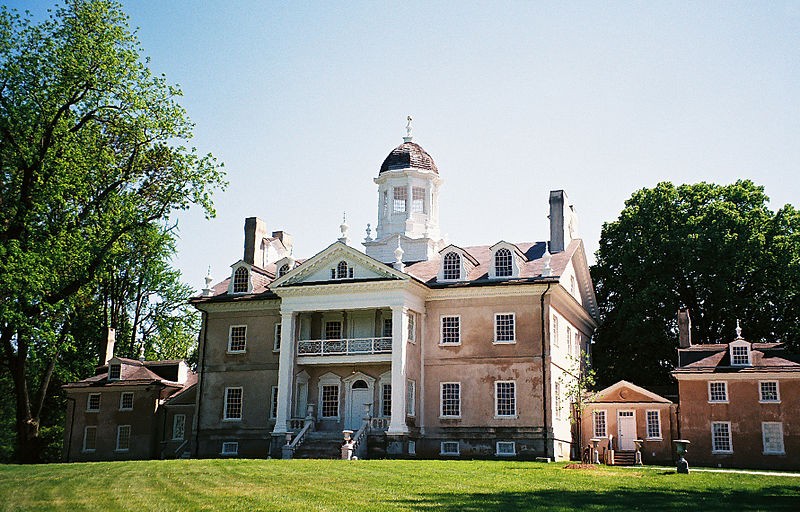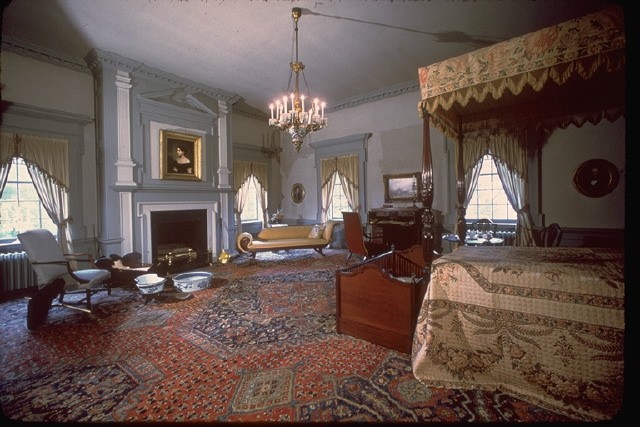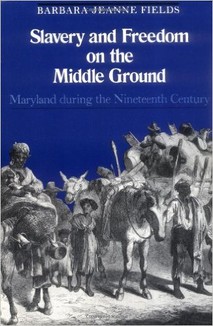Hampton National Historic Site
Introduction
Text-to-speech Audio
Images
The historic site includes the historic mansion, slave quarters, barms, and outbuildings

Mansion bedroom with original furnishings

Learn more about slavery and 19th century Maryland with Barabra Fields' book-click the link below for more info.

Backstory and Context
Text-to-speech Audio
In colonial days, Hampton labor force included indentured servants, immigrants mainly form the British Isles who labored for a period of years until their passage fee to America was paid back. In addition there were free artisans and tradesmen, convict laborers, and during the Revolution, British prisoners of war. Families, including children, worked together. Most of these people eventually had some degree of social mobility--unlike enslaved people. Charles Ridgely Carnan freed most of his slaves upon his death, but the era of forced servitude at Hampton remained until Maryland state law ended the practice in 1864--in the midst of the Civil War.
